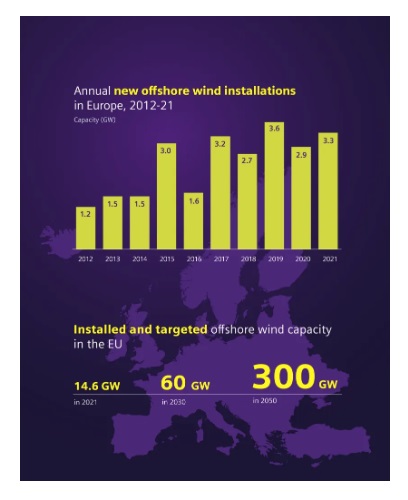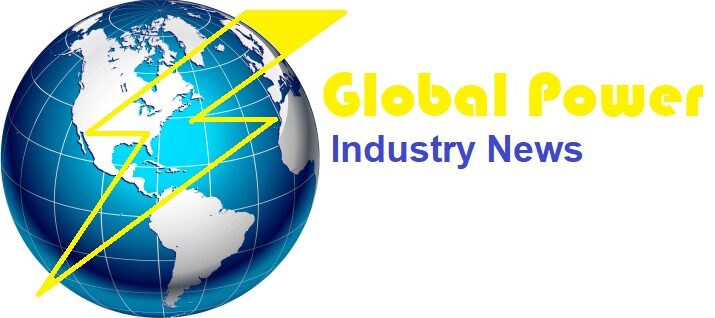Siemens Energy got major order of 2-gigawatta to enable transmission of wind power for 4 million people in Europe. The consortium of Siemens Energy and Dragados Offshore will built world’s first converter systems for two offshore grid connection systems. A single grid connection provided by Siemens Energy and Spanish company Dragados Offshore, offshore wind power to the onshore grid system.
Amprion, a German system operator planned to collect four gigawatts of wind electricity generator from several offshore wind forms in the German North Sea to onshore grid system to meet the demand of about four million people. Four billion Euro work of first phase also includes the maintenance for 10 years.


Above Info is Curtsy of Siemens Energy
As per Tim Holt, member of the Managing Board of Siemens Energy “The wind energy industry has repeatedly achieved outstanding technological advances in recent years, be it in the performance of wind turbines or grid connections.” And he further added “The two-gigawatt system fits in seamlessly here, making the transmission of green power more efficient and creating standardization where individual designs were previously necessary. Developments in the industry have taken time, which must no longer be wasted against the backdrop of ambitious offshore expansion targets and the drastic consequences of climate change,”.
The German government sets the framework for further expansion of offshore wind energy in Germany, installed capacity is to increase to at least 30 GW by 2030 and as much as 70 GW by 2045
For this project, the Siemens Energy will manufacture all major high-voltage equipment for the two connection systems, such as converter technology, transformers, and switchgear, in Germany. In addition, the systems are designed to be integrated into multi-terminal-systems in the future. Instead of pure point-to-point connections, several direct current connections could converge in one station. These direct-current grids on land and on the high seas (as offshore hubs) are intended to bring electricity to consumers more flexibly and quickly. The converter systems will then act as electricity hubs at the grid nodes that transmit the electricity according to the demand situation.
The connection systems are expected to transmit power as early as 2029 and 2030, supporting Germany’s accelerated energy transition goals
Source: Siemens Energy
